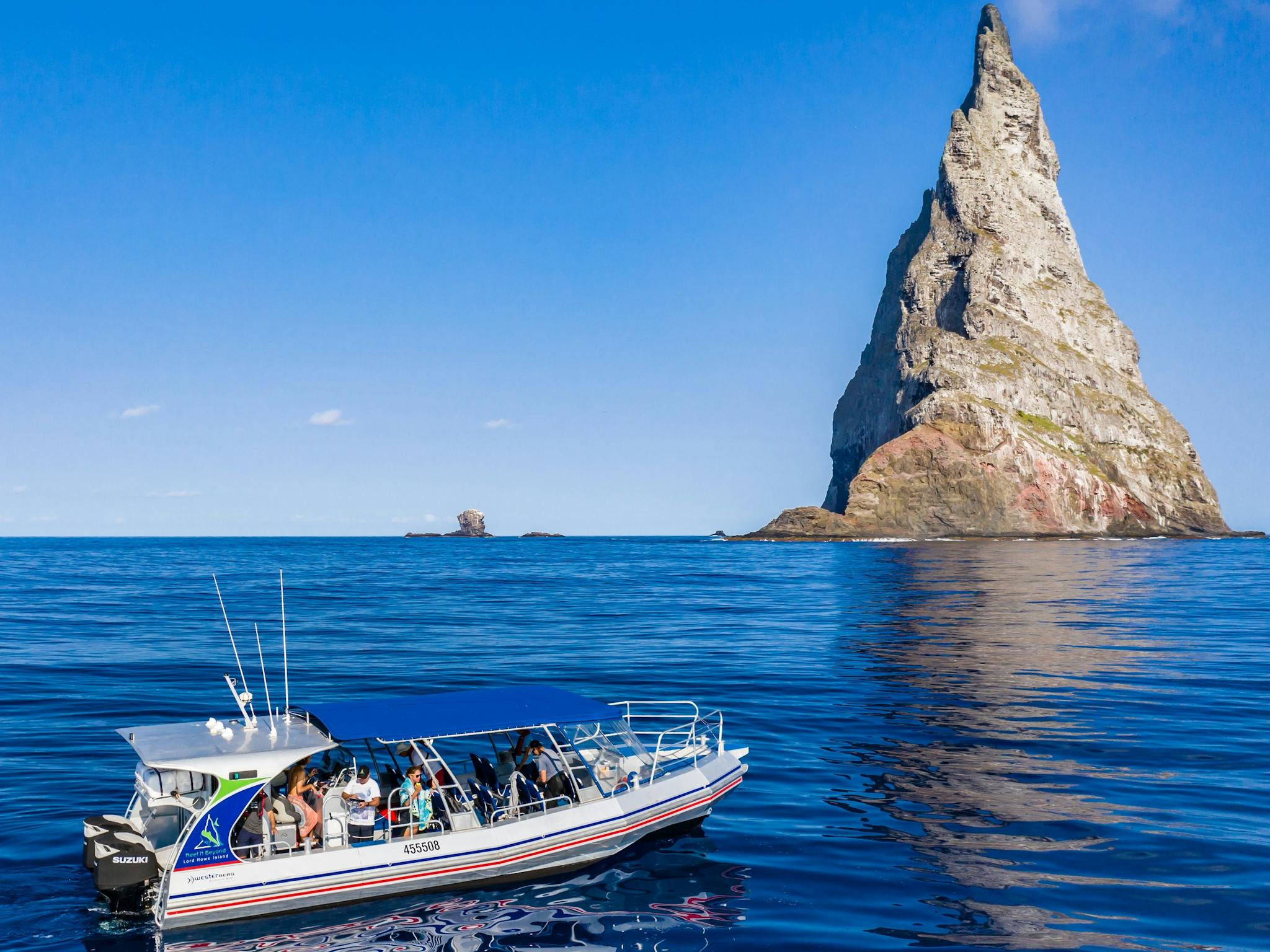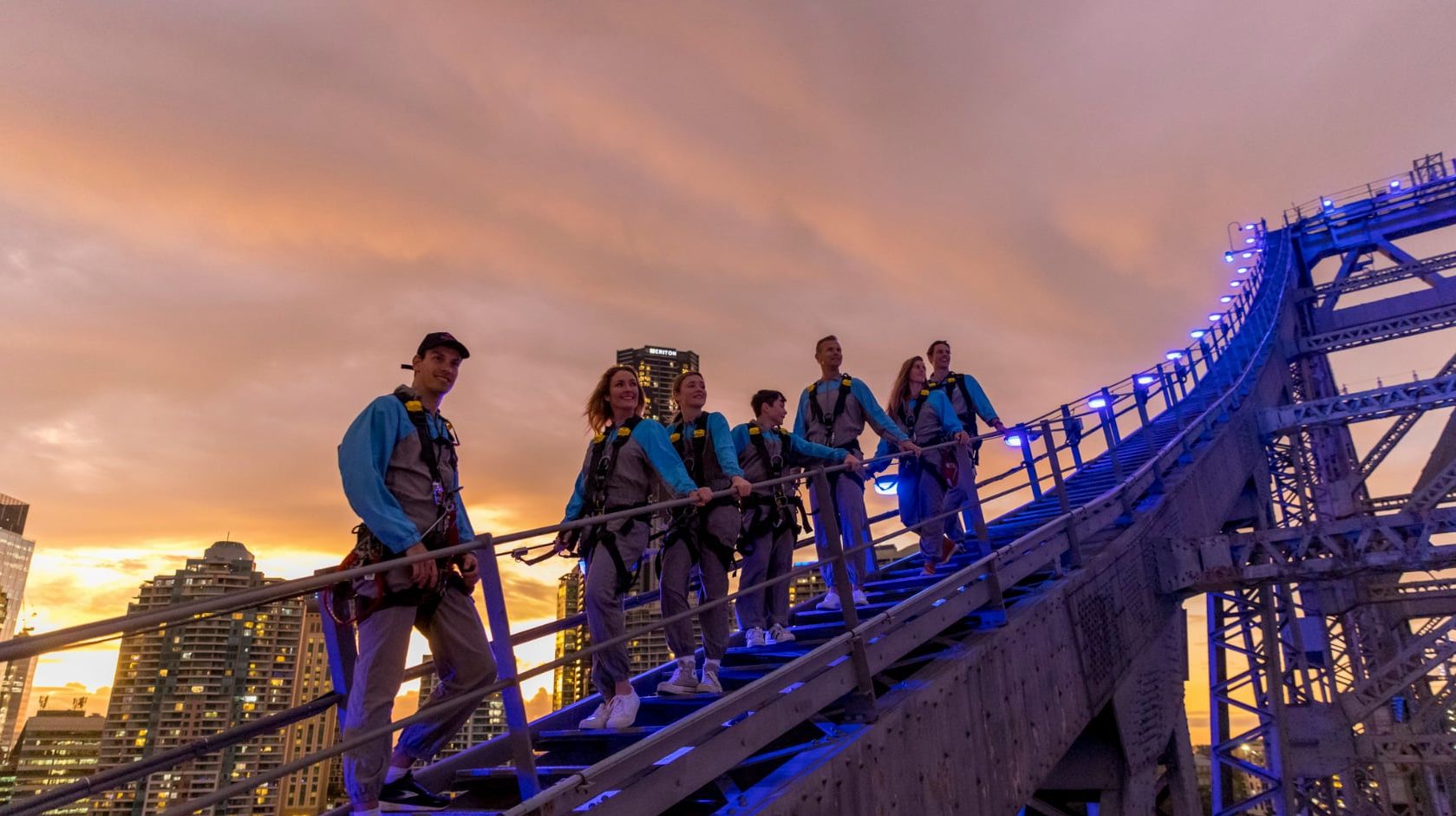Lord Howe Island eco-tourism is not just a travel trend—it’s a living example of how tourism and conservation can thrive together. Nestled 600 kilometers off the coast of New South Wales, this UNESCO World Heritage-listed island is a blueprint for sustainable paradise. With a permanent population of just 382 and visitor numbers capped at 400 at any one time, the island offers a model of how to protect nature while providing immersive, meaningful experiences for travelers. From coral reef protection to endemic species restoration, everything on the island is designed with preservation in mind. Discover more about the island through the official portal of the Lord Howe Island Board.
One of the highlights of Lord Howe Island eco-tourism is its marine conservation. The NSW National Parks and Wildlife Service manages over 75% of surrounding waters as sanctuary zones, safeguarding more than 500 fish species and 90 species of coral. Eco-conscious snorkelers and divers can book with certified operators like Pro Dive Lord Howe Island, ensuring minimal environmental impact and reef education. Meanwhile, visitors can paddle through the lagoon with Lord Howe Island Kayak Adventures or explore terrestrial biodiversity with expert guides from Environmental Tours Lord Howe.
Sustainable tourism goes hand in hand with rare wildlife experiences. The Australian Museum supports ongoing conservation of species like the Lord Howe Woodhen and Phasmid, while guests on the island can take part in birdwatching safaris and citizen science projects. Whale-watching tours offered by Reef N Beyond run from June to November, following strict observation guidelines that protect migrating cetaceans. Those interested in plant life will appreciate the flora walks run by Botanic Garden Sydney, highlighting the island’s unique palms and ferns.
Accommodation on the island is a cornerstone of its eco-credentials. Properties like Capella Lodge and Arajilla Retreat are leaders in solar energy, local sourcing, and water conservation. These lodges provide electric transport, compost all organic waste, and educate guests on sustainable practices through green welcome packs. Dining is equally conscious, with waste-free menus emphasizing local seafood and produce. For a full eco-luxury experience, explore accommodation options through EcoTourism Australia.
Waste management and energy transition are two areas where Lord Howe Island leads the way. The community composts over 60% of its waste and eliminated single-use plastics in 2019, reducing landfill output by 40%. More than 50% of the island’s energy is solar-generated, thanks to initiatives supported by NSW Department of Planning and Environment. With a target of reaching 70% renewable energy by 2030, Lord Howe is on track to become a carbon-smart travel destination.
In an era when the impacts of tourism are under global scrutiny, Lord Howe Island eco-tourism proves that travel can be a force for good—one reef, one forest, and one guest at a time.
Preserving Paradise: Conservation at the Heart of Lord Howe Island
Protected Marine Zones
Lord Howe Island is home to a Marine Park spanning over 465 km², protecting coral reefs, seagrasses, and more than 500 species of fish. These zones play a critical role in ensuring Lord Howe Island eco-tourism remains sustainable by preserving marine biodiversity. Around 75% of the island’s waters are designated as sanctuary zones where fishing and boating are restricted.
Endangered Species Recovery
The Lord Howe Island Phasmid, once thought extinct, was rediscovered in 2001. This led to targeted conservation efforts including captive breeding programs, with over 14,000 individuals bred successfully. More than 80% of the island’s original vegetation has been restored to support endemic species.
Sustainable Tourism Policies
The island limits visitor numbers to 400 at any given time, a strategy aligned with carrying capacity principles. These policies ensure that Lord Howe Island eco-tourism does not compromise environmental integrity while supporting the local economy.
Community Involvement
Local residents actively participate in conservation through initiatives like the “Weed Eradication Project” and regular marine debris clean-ups. Over 130 tonnes of invasive weeds have been removed by volunteers since 2004, showcasing the power of grassroots involvement.
Environmental Education
Eco-tourism operators are required to undergo sustainability training, and all visitors receive a conservation briefing on arrival. These steps are crucial to spreading awareness and promoting responsible behavior among tourists.
Waste Reduction Initiatives
Lord Howe Island has implemented a three-bin recycling system and composts over 60% of its organic waste. Single-use plastics were banned in 2019, contributing to a 40% reduction in landfill waste within two years.
Long-Term Preservation Goals
The Lord Howe Island Biodiversity Strategy 2020–2030 outlines clear targets for habitat restoration, invasive species control, and climate resilience. Monitoring programs track seabird populations and coral health annually, with adaptive measures implemented based on data.
Eco-Adventures on Land and Sea: Sustainable Activities for Nature Lovers
Guided Hiking Tours
Hikes to Mount Gower, one of Australia’s top 10 treks, are guided to minimize environmental impact. Guides educate participants on native flora, including the rare Big Mountain Palm, found only on Lord Howe Island. This ensures Lord Howe Island eco-tourism promotes both enjoyment and ecological responsibility.
Coral Reef Snorkeling
Snorkeling in the world’s southernmost coral reef offers views of over 90 coral species and 500 fish species. Tours are regulated to prevent contact with coral and to educate snorkelers on reef-safe practices. Reef Check Australia conducts annual monitoring to assess coral health.
Kayaking and Paddleboarding
Non-motorized water activities are encouraged to limit noise pollution and fuel emissions. Paddlers often encounter green sea turtles and seabirds. The lagoon’s calm waters and crystal-clear visibility make it ideal for responsible marine exploration.
Birdwatching Safaris
With over 130 species of birds, including the Providence Petrel and Lord Howe Woodhen, the island is a birdwatcher’s paradise. Observation decks and restricted zones ensure minimal disturbance during nesting seasons. Over 80% of tourists participate in guided birding experiences.
Diving with Purpose
Certified divers can join marine scientists for underwater clean-up dives or coral surveys. More than 2,000kg of ghost nets and waste have been removed since 2018. This hands-on involvement enhances the value of Lord Howe Island eco-tourism for conscious travelers.
Cycling Tours
With no traffic lights and limited cars, cycling is the most popular land activity. The island has over 13km of scenic bike trails and strict bike rental guidelines to avoid environmental degradation. Bicycle tourism accounts for 18% of visitor activity.
Citizen Science Projects
Visitors can join data collection projects on turtle nesting, reef bleaching, and plant health. These activities, managed by the Lord Howe Island Board and NGOs, empower tourists to contribute directly to preservation while enjoying nature.
Wildlife Encounters in a UNESCO World Heritage Haven
Rare Bird Species
Lord Howe Island hosts one of the world’s rarest flightless birds—the Lord Howe Woodhen. Conservation efforts have increased its population from just 15 in the 1980s to over 300 today. This bird is a flagship symbol of Lord Howe Island eco-tourism, drawing ornithologists and eco-travelers alike.
Marine Life Diversity
The island’s surrounding waters are home to Galápagos sharks, humpback whales, and green turtles. Seasonal whale-watching tours (June–November) offer a responsible way to engage with migrating cetaceans, with regulated boat distances and no-chase policies.
Insect Discoveries
The rediscovery of the Lord Howe Island Stick Insect, once considered extinct, spurred global media attention. Captive breeding programs at Melbourne Zoo aim to reintroduce the insect to its native Ball’s Pyramid habitat. This story is often highlighted in Lord Howe Island eco-tourism educational talks.
Endemic Plants
With over 100 endemic plant species, including the Kentia Palm, the island is a botanical wonderland. Guided flora walks help educate tourists while keeping them on trails to avoid trampling fragile ecosystems. Botanical eco-tours have grown by 26% in the past 5 years.
Underwater Wildlife Tours
Snorkeling and diving excursions reveal eagle rays, sea slugs, and clownfish. Operators follow codes of conduct to avoid feeding or chasing animals. The Lord Howe Marine Park reports a 15% increase in fish biomass since implementing protective measures.
Night Tours for Nocturnal Life
Nocturnal eco-tours offer glimpses of muttonbirds and endemic insects. Using red-light torches to avoid disturbing wildlife, guides provide insight into lesser-known species. Bookings for these tours grew by 38% between 2021 and 2023.
Seabird Nesting Grounds
The island is one of the most significant seabird nesting sites in the Pacific, hosting over 500,000 seabirds during peak season. Tourists are guided around nesting zones, and observation platforms reduce human impact on delicate rookeries.
Green Stays: Eco-Friendly Accommodations and Initiatives on the Island
Sustainable Lodges
Several lodges on the island operate with solar energy, greywater recycling, and zero single-use plastic policies. Capella Lodge, for example, sources 80% of its produce locally and has achieved EarthCheck Certification, reinforcing the eco-focus of Lord Howe Island eco-tourism.
Eco-Certified Hotels
Seven accommodations on the island hold EcoTourism Australia certifications. These properties track carbon footprints, limit water usage to under 50L per guest per day, and compost kitchen waste. Their certification ensures alignment with Lord Howe Island eco-tourism principles.
Waste-Free Restaurants
Eateries on the island prioritize local seafood, reduce packaging, and compost food scraps. The Anchorage Restaurant has reduced its landfill waste by 60% since 2021 through onsite composting and collaboration with local farmers.
Solar Energy Initiatives
Over 50% of the island’s electricity now comes from solar sources, with a target of 70% by 2030. Government grants have supported this transition, reducing reliance on diesel generators and lowering CO2 emissions by 140 tonnes annually.
Water Conservation Measures
Rainwater harvesting systems are used across nearly all accommodations, and guests are encouraged to reuse towels and limit shower times. This ensures sustainable water usage, especially important during dry months.
Eco Transport Options
Electric carts and bicycles are offered at many lodges to minimize car use. These lodges also provide free shuttle services, reducing the island’s annual fuel consumption by over 10,000 litres.
Visitor Awareness Campaigns
Each accommodation provides a “Green Welcome Pack” detailing the island’s sustainability efforts, do’s and don’ts for eco-travelers, and ways guests can minimize their footprint. In 2023, over 92% of guests surveyed reported increased environmental awareness after their stay.




